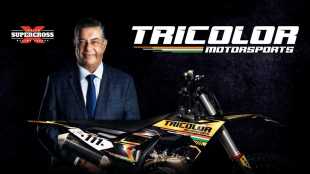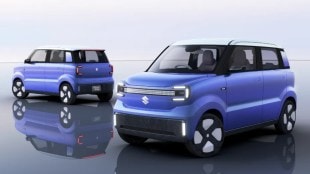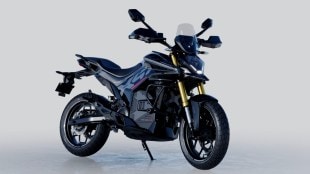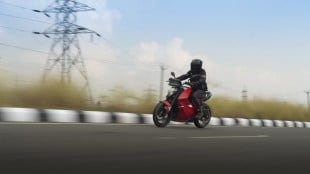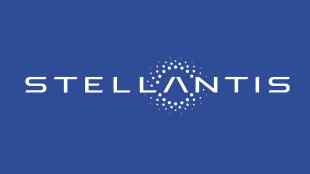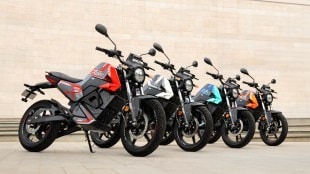Have you seen the Palisade – the biggest SUV made by Hyundai and sold primarily in the US? The new Hyundai Venue looks like a smaller version of that – and has grown from being a ‘baby Creta’ to a ‘baby Palisade’.
We tested it for a day on Goa’s highways, rural roads, rocky terrain, and even dangerously near the sea.
What it is?
First launched in 2019, the Venue is India’s first ‘connected car’. The 2025 model – under 4 metres in length to meet the sub-4 metre size regulation – has grown in size, and is 48 mm taller, 30 mm wider, and has a 20 mm longer wheelbase (now 2,520 mm), giving it a ‘big SUV road presence’.
How’s the design?
At the front, its jewel-type grille stands out, and its thin split headlamps and horizontal design lines make it look wider than it actually is. The rear gets connected lights – now a feature in most cars. Its small size is apparent only when you look at it from the sides.
And the cabin?
Top-end variants are possibly the most feature-loaded in the compact SUV segment – even after a full day of driving, I’d have experienced only 10% of its features. It has a large screen covering half the dashboard and is tilted towards the driver, and this screen is a supercomputer – it’s called the Connected Car Navigation Cockpit (ccNC), powered by Nvidia. You can notice the Nvidia difference when you operate the screen – it is extremely responsive and visually rich.
Top-end variants have thoughtful touches like front ventilated seats, rear window curtain, rear seat recline, and wireless phone charger.
Cabin space has been improved, and the rear seating area isn’t as cramped as it used to be.
How does it drive?
There are three engines: 1.2 petrol (5-speed manual gearbox), 1.0 turbo-petrol (6-speed manual and 7-speed DSG), and 1.5 diesel (6-speed manual and 6-speed AT). We drove the turbo-DSG N Line and diesel-AT.
Turbo-DSG: It remains the forte of the Venue, and the N Line trim looks fabulous. It’s quite expensive for a small SUV (priced from Rs 11.45 lakh to Rs 15.48 lakh, ex-showroom), but if you love driving, the N Line DSG is hard to beat. It’s got a slightly stiffer suspension than regular Venue variants, which reduces body roll and makes the SUV feel more planted when cornering. The N Line also has disc brakes on all four wheels, and its twin-tip exhaust pipe produces a throaty sound.
Diesel-AT: It has very good low-end torque, making this engine perfect for both navigating traffic and accelerating on highways. The transmission is not the sportiest, but it is smooth and unobtrusive – making it highly comfortable for both daily commuting and long-distance travel.
What about prices?
The 1.2 petrol manual is priced from Rs 7.9 lakh (base), Rs 8.8 lakh (HX4), Rs 9.15 lakh (HX5), and Rs 10.43 lakh (HX6). This model is for someone who primarily drives within the city.
The 1.0 turbo-petrol manual is priced from Rs 8.8 lakh (HX2), Rs 9.74 lakh (HX5), and Rs 11.81 lakh (HX8). It’s for someone who loves driving a powerful SUV but is interested in a manual gearbox.
The 1.0 turbo-petrol 7-DCT is priced from Rs 10.67 lakh (HX5), Rs 11.98 lakh (HX6), Rs 12.85 lakh (HX8), and Rs 14.56 lakh (HX10). It’s for someone who loves driving a world-class SUV with a lovely gearbox.
For people who love diesel in a small SUV, the manual options are Rs 9.7 lakh (HX2), Rs 10.64 lakh (HX5), and Rs 12.51 lakh (HX7).
Finally, if you love diesel automatic, the two options are Rs 11.58 lakh (HX5) and Rs 15.51 lakh (HX10).
Most VFM model?
The most value-for-money model isn’t the top-end variant or the entry-level variant, but something in the middle. If you drive mostly in the city, the best variant is the 1.2 petrol MT HX5 (Rs 9.15 lakh), as it has the best overall cost-to-feature ratio. But if your budget allows, upgrading to the 1.0 turbo-petrol HX5 DCT (Rs 10.67 lakh) offers a lot of convenience that justifies the extra cost.











